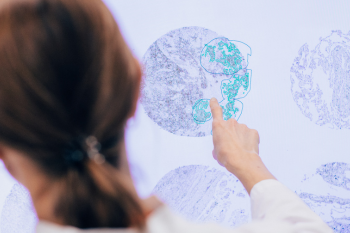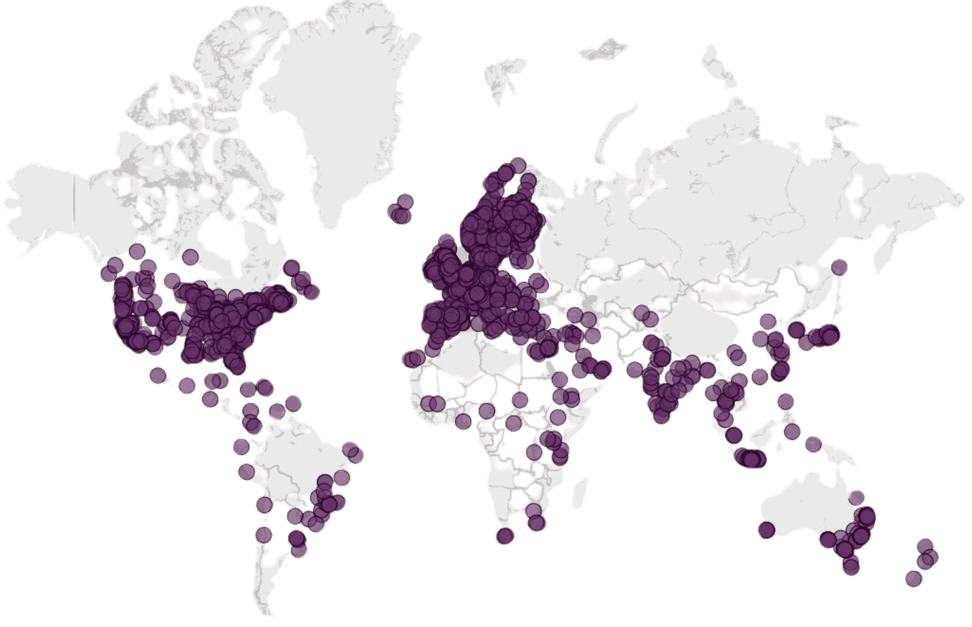About Aiforia
Aiforia equips pathologists and scientists in clinical, pre-clinical, and academic labs with powerful deep learning AI and cloud-based technology. Aiforia’s solutions strive to increase the speed, accuracy, and consistency of analyzing large and complex medical images, especially in pathology. Aiforia’s mission is to transform pathology image analysis with AI, enabling better care for each patient.




